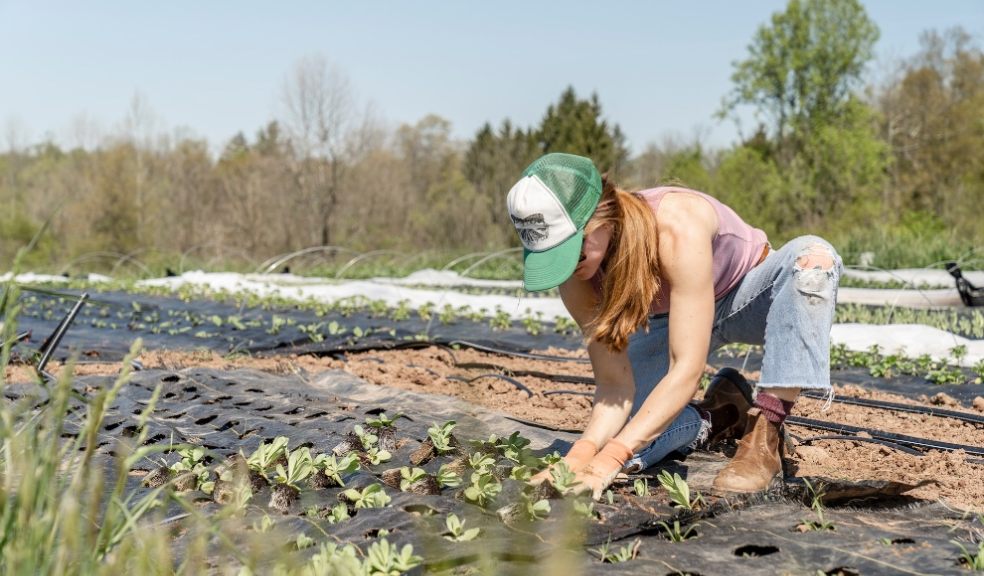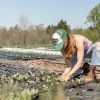
Promoting community development through public space gardening
Green spaces are essential for health and well-being. That’s a problem for those living in urban areas. Not having access to green places can be detrimental to both physical and mental health, and some studies show that living in dense urban areas was more likely to increase the likelihood of anxiety or depressive symptoms compared to those living in regions where they’re surrounded by greenery.
As a result, many people have acknowledged the importance of reintroducing green spaces in cities. With the pandemic and the threat of extreme weather events, this strategy has received an added layer of urgency. However, actual, pragmatic actions are often delayed, as council budgets tend to be scarce. As a result, members of the general public have realised that they shouldn’t wait for intervention but rather take matters into their own hands in order to see results.
If you want to add your effort to the initiative and help your city resemble an oasis more than a concrete jungle, here are some of the steps you can take for actual results.
The laws and regulations
Although the simple, most straightforward answer is that it isn’t illegal to plant in public areas, there are also some things you should consider before doing so. You should check with local ordinances to learn about any possible restrictions that could apply. You must also remember to be considerate of other people. For instance, if you want to plant in a park, you should make sure you’re not blocking any walking paths.
Many jurisdictions allow you to apply for an official licence that will enable you to plant flowers, trees or shrubs. You must provide some information, including the precise location of the size, complete details about the plants, as well as their expected size and width when they mature. You also declare that planting maintenance is entirely your responsibility.
Organise the garden
When starting a community garden, you should determine what you want to grow. Most of these spaces have traditionally focused on growing vegetables and fruits, but you can also add flowers. Depending on what you want to plant, you’ll need to get flower pots for decorative plants and different planters for fruits and veg. The former are typically smaller and house a single plant, while the latter are larger, better suited for the outdoors and can house more plants.
The planets allow you to add more greenery to a single area and will naturally require more soil and planting creativity. Make sure to pick something that provides plenty of root growth so your plants retain their vitality and strength. Part of the organisation also has to do with the upkeep, assigning plots to different individuals or families based on need, number of members or request order, as well as assigning duties pertaining to the common areas of the garden.
The management includes tools, irrigation, the creation and use of compost piles, as well as dealing with weeds or pests. Having written bylaws is the best way the planning committee can ensure that the expectations are met for all members and that there are also consequences for not following the rules. All those participating in the development and upkeep of the garden must be fully aware of the conventions, as well as the importance of respecting them so that if enforcement becomes necessary, the application is fully transparent and fair.
The plants
What are some of the best plants you should grow in a community garden? Most vegetables and fruits are resilient and can be grown in balcony pots as part of container gardening conditions. Small trees and shrubs can thrive in smaller spaces as well. Tomatoes are the most popular choice, and all gardeners look forward to their first batch of sun-ripened tomatoes. To make sure that they turn out perfectly, you can plant the seeds indoors and keep them in a pot for about two months, after which they should be ready to be moved to the garden.
Winter squash is a very unfussy plant, so if you’re not very used to growing plants, this could be the best option for you. All you need to do is add some water and fertiliser during the summer, and you’ll get the best results. Similarly, carrots also require very little care. You can also try your hand at planting the very popular baby carrots. Beets are easy to grow and are very rarely bothered by any disease or pests. You don’t need to stake or prune them, either. Just make sure to pick them when they’re tender as if left for too long, they will become woody. They grow pretty fast, and the best time to collect them is when their diameter is somewhere around 5 to 7 cm.
Kale is resilient to cold and can thrive outside, even during early spring. However, the younger plants should be protected from lower temperatures with an adequate cover. Aubergines are also simple and straightforward. Some varieties can also be used as ornamental plants. July, August and September are the best months to harvest these vegetables, but some can also be collected as late as October, depending on the weather conditions and the planted variety.
Onions are also simple to grow from seeds, and the bulbs are generally harvested during summer or early autumn. The best part about onions is that they can be stored successfully for several months without risk of spoilage. Keep deep in a dark, cool space, with temperatures anywhere between 2 and 4 degrees Celsius. Cabbage can first be planted indoors and then moved outside later. If you need to keep yours in a container, make sure to choose one that’s sufficiently large and deep. Peppers need plenty of sun, and the soil should be kept well-drained. However, they are perfectly fine in pots as well. Just ensure they’re spacious enough.
And because you also want to add flavour to dishes, you must also consider growing some herbs. Basil matures very quickly, going from seed to harvest in as little as three weeks. Rosemary is another good option, but you must remember to give it plenty of sunlight. Make sure the soil isn’t very acidic or heavy in clay, and if those are the natural conditions, you should look for planters instead.
Having a garden takes considerable effort, but the satisfaction of seeing the fruits of your labour is unmatched.

















